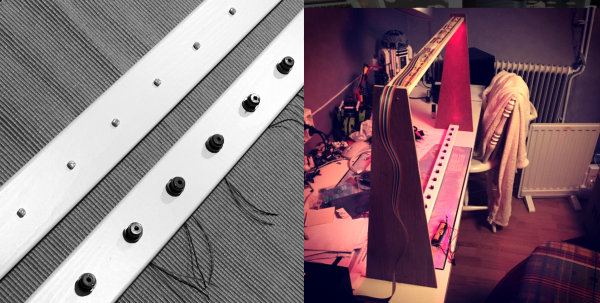De-lousing is a trying agricultural process. It becomes a major problem in pens which contain the hundreds of thousands of salmon farmed by Norwegians — the world’s largest salmon exporter — an environment which allows the parasite to flourish. To tackle the problem, the Stingray, developed by [Stingray Marine Solutions], is an autonomous drone capable of destroying the lice with a laser in the order of tens of thousands per day.
Introduced in Norway back in 2014 — and some areas in Scotland in 2016 — the Stingray floats in the salmon pen, alert and waiting. If the lice-recognition software (never thought you’d hear that term, huh?) detects a parasite for more than two frames in the video feed, it immediately annihilates it with a 530 nanometre-wide, 100 millisecond laser pulse from up to two metres away. Don’t worry — the salmon’s scales are reflective enough to leave it unharmed, while the pest is fried to a crisp. In action, it’s reminiscent of a point-defense laser on a spaceship.






 The printer design chosen for the project is the Prusa i3. We have certainly seen custom builds of this popular design before using laser-cut plywood for the frame. Still, these builds use 3D-printed parts for some of the more complicated parts like the extruder carriage and motor brackets. To the right is the X-carriage mechanism. It is complicated but requires no more than 6 mm and 3 mm acrylic stock and the type of hardware traditionally associated with printer builds.
The printer design chosen for the project is the Prusa i3. We have certainly seen custom builds of this popular design before using laser-cut plywood for the frame. Still, these builds use 3D-printed parts for some of the more complicated parts like the extruder carriage and motor brackets. To the right is the X-carriage mechanism. It is complicated but requires no more than 6 mm and 3 mm acrylic stock and the type of hardware traditionally associated with printer builds.











